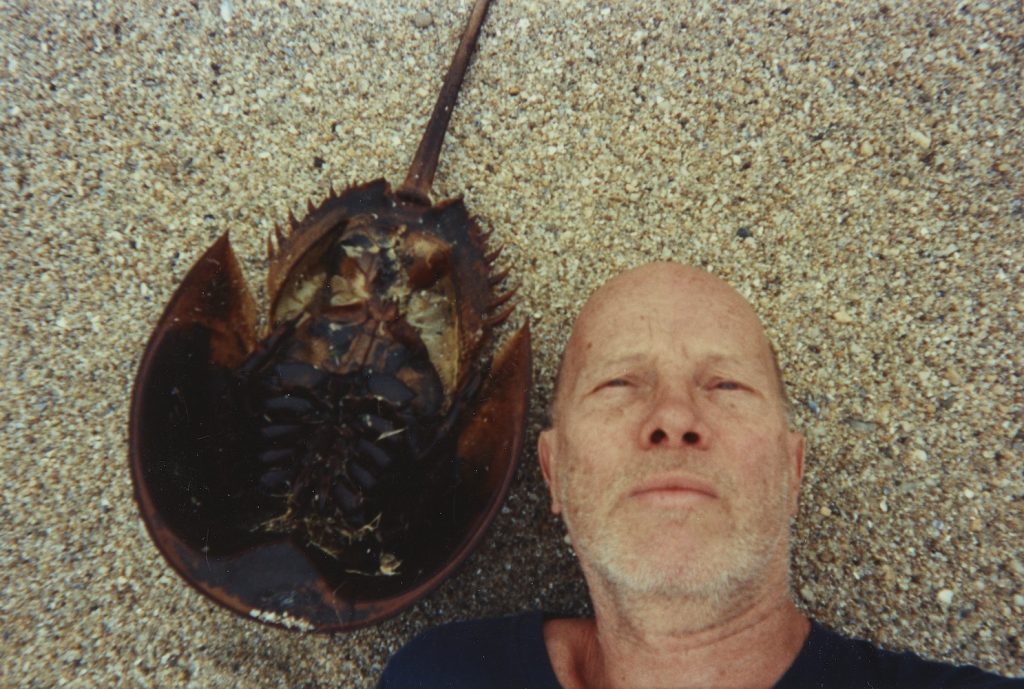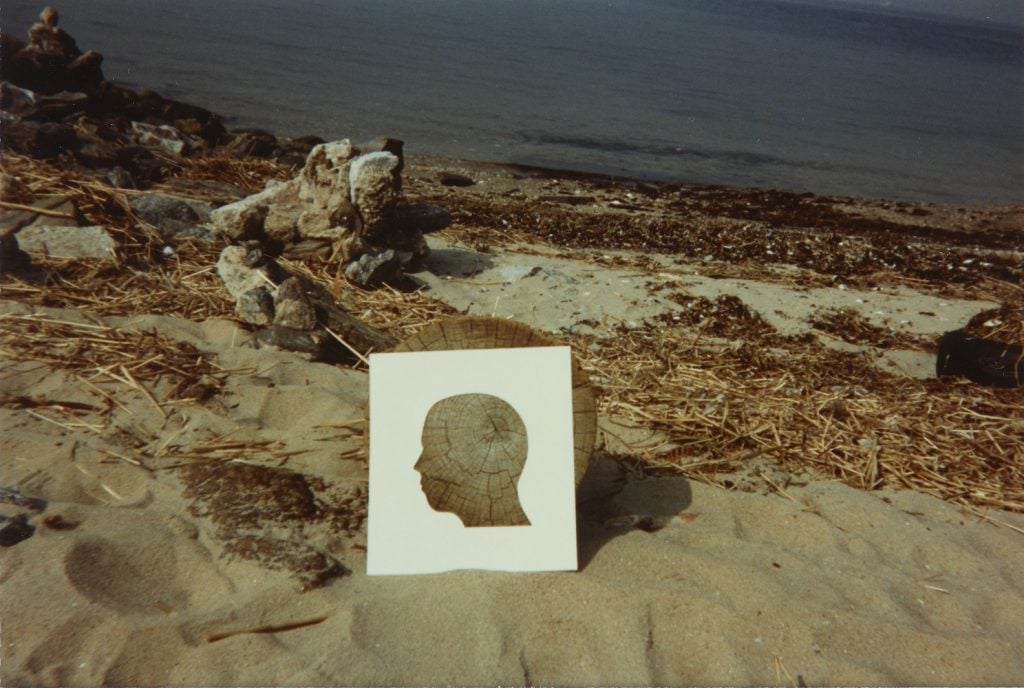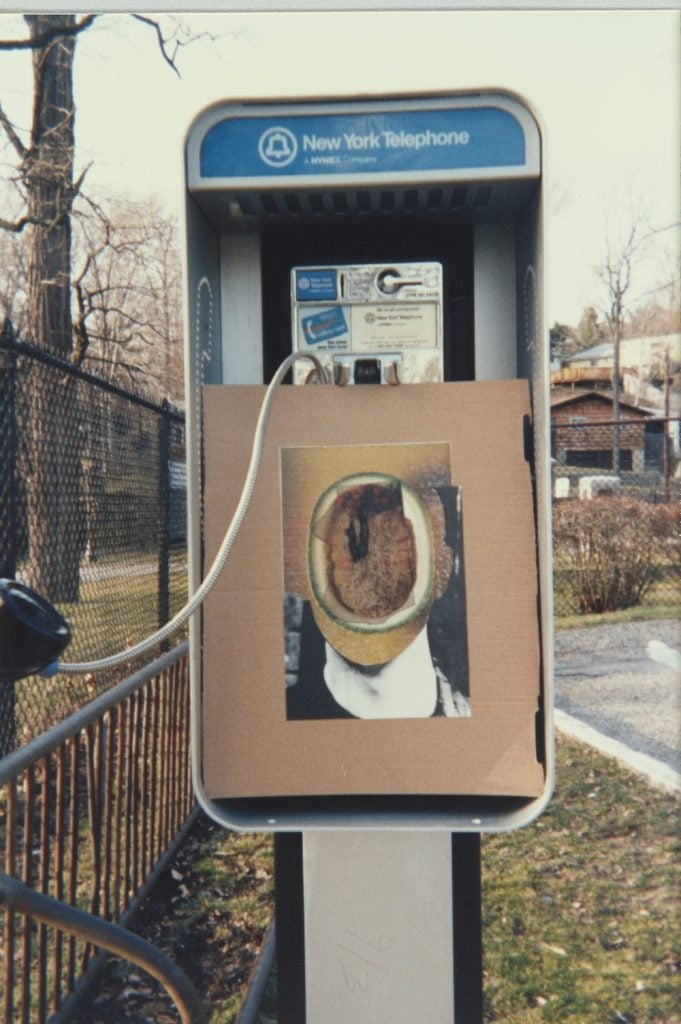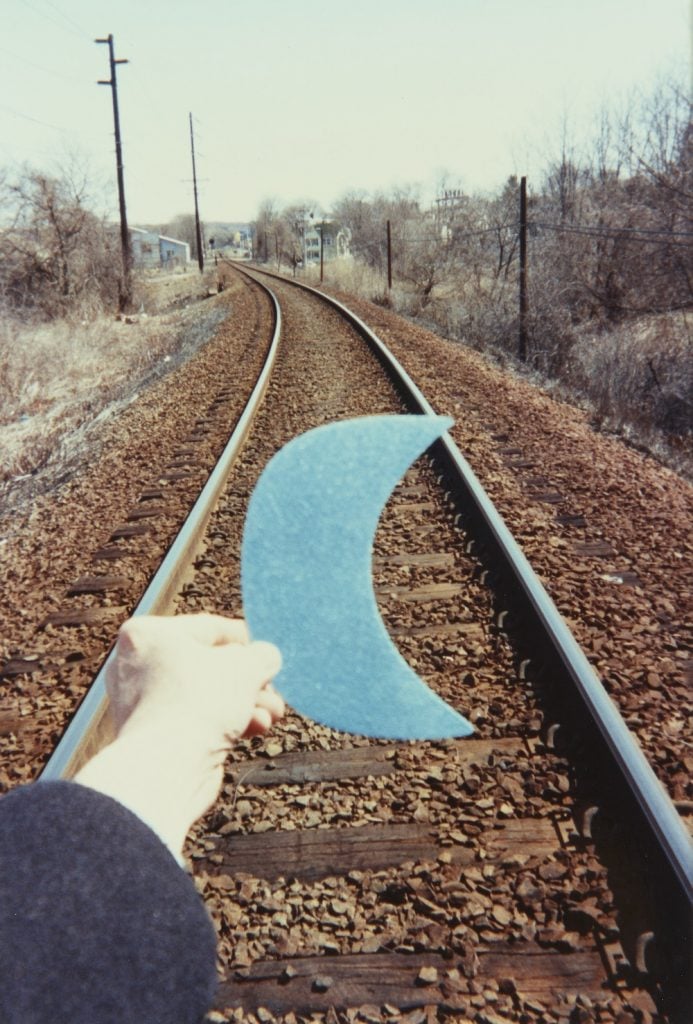Art & Exhibitions
Ray Johnson Spent the Final Years of His Life Developing an Enigmatic Photography Project. It’ll Go on View Next Summer
Disposable cameras were Johnson's most treasured artistic tools towards the end of his life.

Disposable cameras were Johnson's most treasured artistic tools towards the end of his life.

Taylor Dafoe

Never-before-seen photographs by Ray Johnson—the famously unfamous artist known for Neo-Dada collages, prankster performances, and inventive mail artworks—made in the final years before his death will go on view in New York next summer.
The show, which is tentatively scheduled for June 2022 at the Morgan Library and Museum (it was already delayed once by the pandemic), is organized Joel Smith, the head of the museum’s photography department.
By the early 1990s, Johnson had stopped exhibiting his work in galleries, all but abandoning the New York art scene for Long Island. Those closest to him, including his longtime dealer, Frances Beatty, wondered if he had stopped making art altogether.
Months after his death by suicide in January 1995, Beatty rummaged through his house and archive, finding something unexpected: piles of shoeboxes packed with photographic prints and negatives, all made from disposable cameras.

Courtesy of the Morgan Library & Museum © The Ray Johnson Estate, New York.
“When I first discovered them, I thought they were just photographs Ray took,” Beatty tells Artnet News. “I didn’t really process them as being significant, and I didn’t process them as being works of art. Then, later on—many years later—I opened up one of these envelopes and thought, ‘Holy moly! This is an entire project.’”
Unsure of what to do, Beatty called Smith, who recognized their potential, for advice.
“The intelligence and manic quality never really let up,” Smith says of Johnson’s last years. “You can see that he was still really operating at the same level as he always was. It was just in this very attenuated medium.”
Johnson hadn’t quit art after all; he just found a new form—and, in a sense, a new audience.

Ray Johnson, Untitled (headshot and Terry Kistler silhouette with payphone) (1992). Courtesy of the Morgan Library & Museum © The Ray Johnson Estate, New York.
“Making the photographs is his way of showing his work,” Smith adds. “The camera becomes his audience.”
The artist made at least 3,000 original photographs in total, most quasi-conceptual in that classic Johnson way. There are numerous duplicates too: Johnson apparently took advantage of his local photo shop’s buy-one-get-one-free policy for seniors.
In all, the artist spent the last three years of his life driving around the North Shore of Long Island with cheap cameras and hand-made props that he would stage in various locations for shots.

Courtesy of the Morgan Library & Museum © The Ray Johnson Estate, New York.
Many verge on self-portraits, such as one picturing a cardboard cut-out silhouette of Johnson’s head, set against a piece of beached sea wood. Others are more abstract, such as a layered assemblage of found photos wedged into the rectangular casing of a payphone. He called the props “movie stars.”
The show’s title, “Please Send to Real Life,” is a reference to a note the artist wrote on one of his last prints. The request was literal: he was asking a friend to mail the shots to the bygone Real Life magazine.
But for an artist who saw puns everywhere—including in his own work—double meanings were surely present.
Next month, David Zwirner will open a separate career-spanning show in New York positioning Johnson as a seminal queer artist, while an exhaustive survey of his work, with special attention paid to his many collaborations, will open at the Art Institute of Chicago in November.